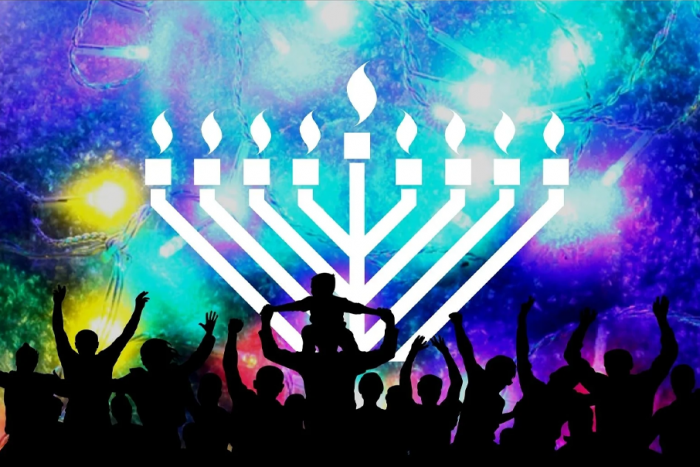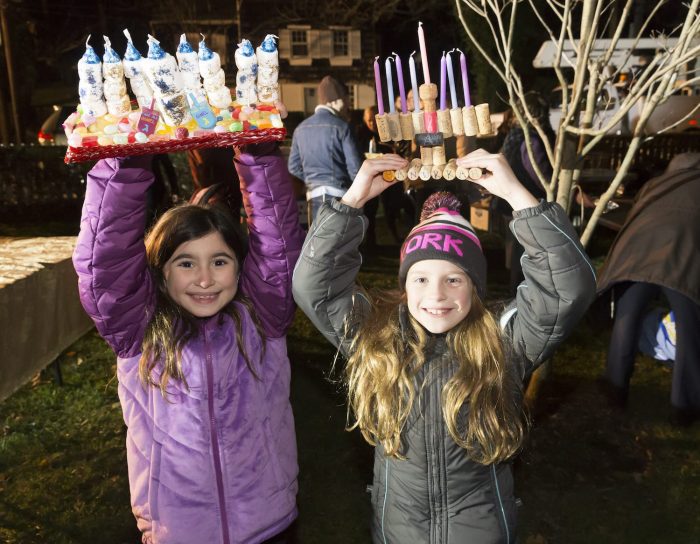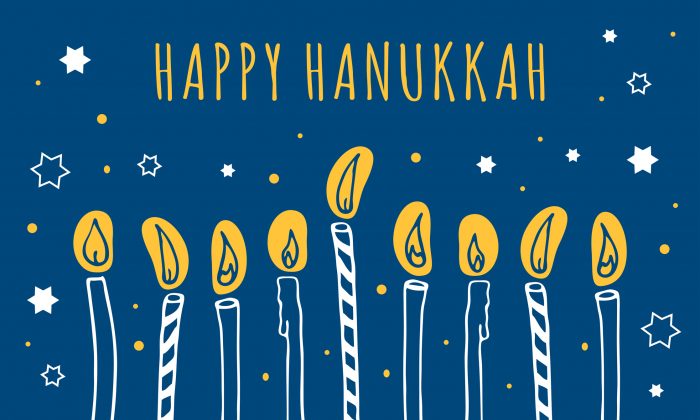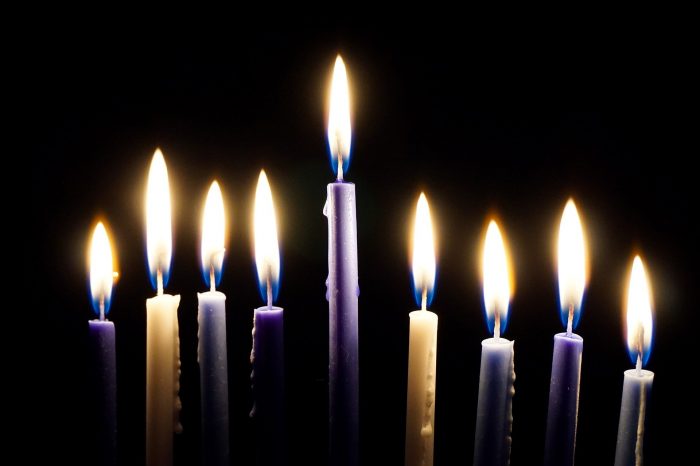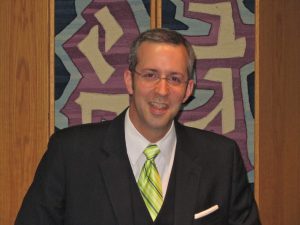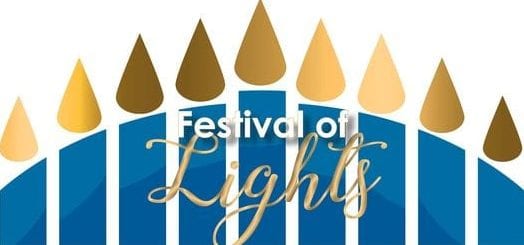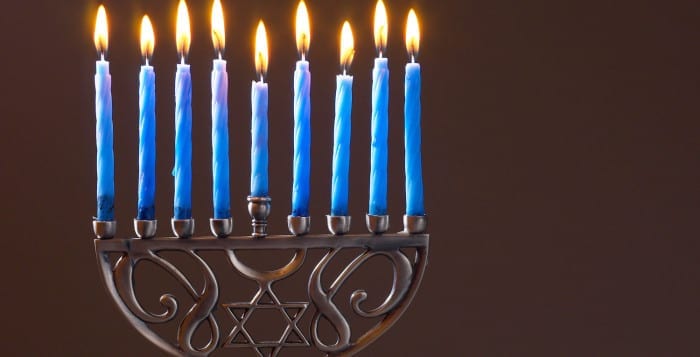By Heidi Sutton
Hanukkah begins at sundown on Wednesday, December 25 and ends on the evening of Thursday, Jan. 2 this year. Here are some menorah lighting ceremonies, parades and celebrations in our communities.
Commack
Multiple synagogues in the area and the Suffolk Y JCC will sponsor a community menorah lighting event at the Commack Corner Shopping Center parking lot, southeast corner of Jericho Turnpike and Commack Road, in Commack on Monday, Dec. 30 at 6:30 p.m. There will be entertainment, live music, dreidels, chocolate gelt, latkes and giveaways. 631-462-9800
Coram
Join Lubavitch of the East End for a menorah lighting at the Davis House, 263 Middle Country Road, Coram on Sunday, Dec. 29 at 4 p.m.
Dix Hills
The Chai Center, 501 Vanderbilt Parkway, Dix Hills invites the community to their Grand Menorah Lighting on Thursday, Dec 26 at 5:30 p.m. with latkes and donuts. on Dec. 10 at 6 p.m. 631-351-8672
East Setauket
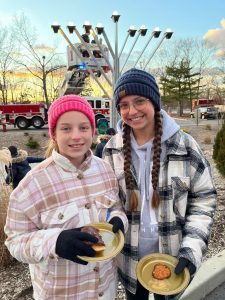
Village Chabad, 360 Nicolls Road, East Setauket will host a Chanukah Car Parade and Grand Menorah Lighting with a Chocolate Gelt Drop on Thursday, Dec. 26 starting at 4 p.m. with latkes, donuts, magic show and hot cocoa. $10 per person in advance, $15 day before. RSVP required at at MyVillageChabad.com/RSVP. 631-585-0521
Farmingville
Join the Town of Brookhaven and Lubavitch of the East End for a Chanukah celebration at Town Hall, One Independence Hill, Farmingville on Thursday, Dec. 26 at 6 p.m. with a menorah lighting, magic show, latkes, donuts and more. 631-698-4000
Greenlawn
The Greenlawn Civic Association will host a Menorah Lighting Ceremony and Hanukkah celebration at Harborfields Public Library, 31 Broadway, Greenlawn in the Communiy Meeting Room on Monday, Dec. 30 at 6 p.m. www.greenlawncivic.org
Huntington
Chabad of Huntington Village will host a Grand Menorah Lighting at the Huntington Village Winter Wonderland along Wall Street on Monday, Dec. 30 at 5 p.m. featuring music by Toby Tobias, fire juggling, festive balloons, chocolate gelt and donuts. 631-276-4453
Huntington Station
Chabad of Huntington & Melville invites the commuity to a Chanukah Wonderland at the Walt Whitman Shops,160 Walt Whitman Rd, Huntington Station (near center court) on Sunday, Dec. 29 at 4 p.m. Enjoy dreidel painting, doughnut decorating, face painting, giant Menorah lighting, build your own menorah, balloon designing, Chanukah gelt, arts & crafts, music, family entertainment, and much more. Free. RSVP suggested. www.Melvillechabad.com/chanukah, 631-385-2424.
Mount Sinai
Join Lubavitch of the East End for a menorah lighting at Heritage Park, 633 Mt. Sinai-Coram Road, Mt. Sinai on Monday, Dec. 30 a 5:30 p.m.
Northport
Join the Village of Northport in lighting the menorah outside Northport Village Park on Thursday, Dec. 26 at 6 p.m. 631-261-7502
Port Jefferson Station
The Port Jefferson Station/Terryville Chamber of Commerce will host its annual Menorah Lighting at the Chamber Train Car, corner of Route 112 and Nesconset Highway, Port Jefferson Station on Wednesday, Dec. 25 from 4:30 to 5:30 p.m. Join them for a special ceremony led by Rabbi Aaron Benson of the North Shore Jewish Center. 631-821-1313.
St. James
The community is invited to the St. James Menorah Lighting Ceremony at The Triangle, Route 25A and Lake Ave., St. James on Dec. 25 and Dec. 26 at 5 p.m., Dec. 27 at 4 p.m. and Dec. 28 to Jan. 2 at 5 p.m. 631-584-8510
Stony Brook
Temple Isaiah, 1404 Stony Brook Road, Stony Brook invites the community to a Community Candlelighting on Wednesday, Dec. 25 at 5 p.m. Join Rabbi Josh, Rebbetzin Meg and the Shabbat Singers for the first night of Chanukah. Please RSVP by calling 631-751-8518.
Smithtown
The Town of Smithtown and Chabad of MidSuffolk will hold its annual Menorah Lighting Ceremony at Town Hall, 99 West Main St., Smithtown onThursday, Dec. 26 at 4:30 p.m. Enjoy live music, latkes, donuts and a special gelt drop for children. 631-360-7512

